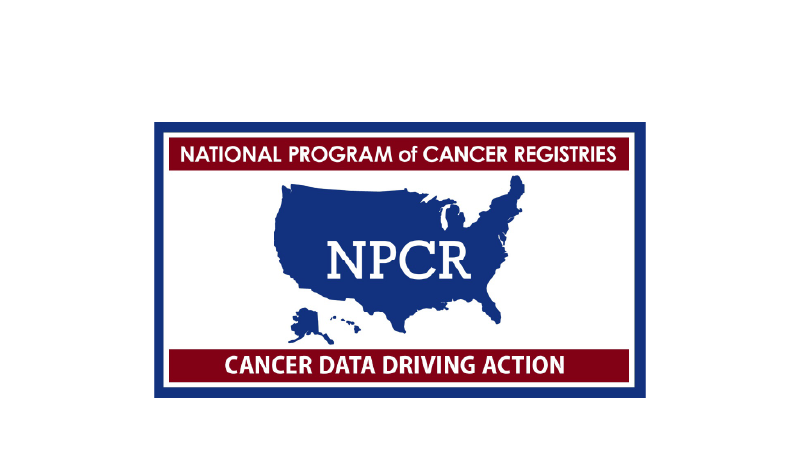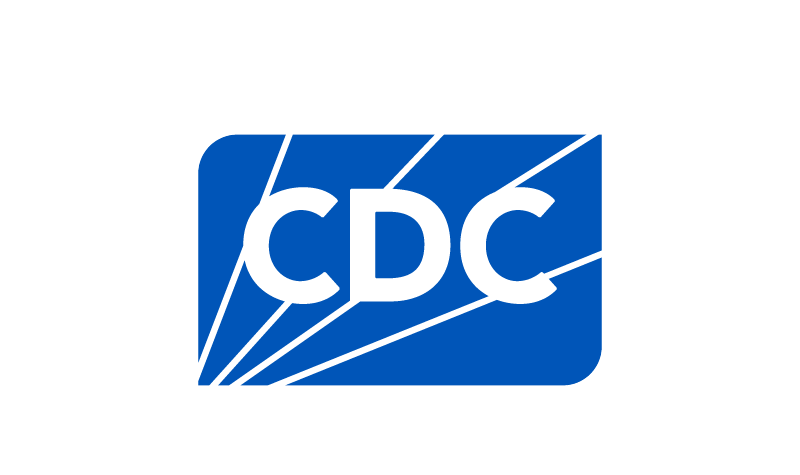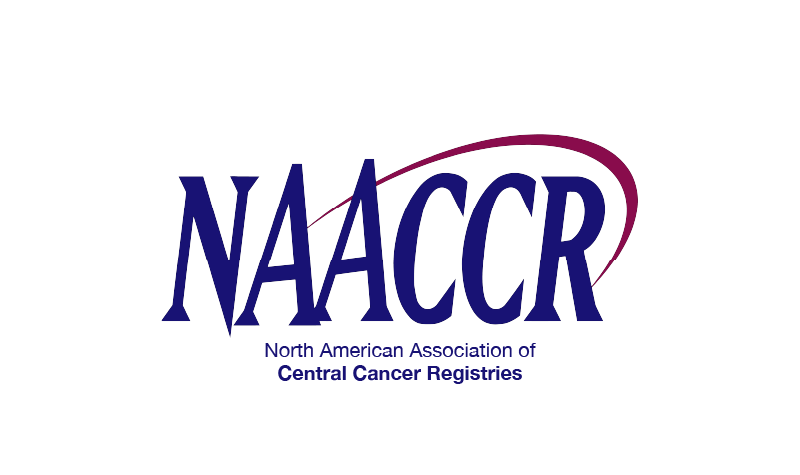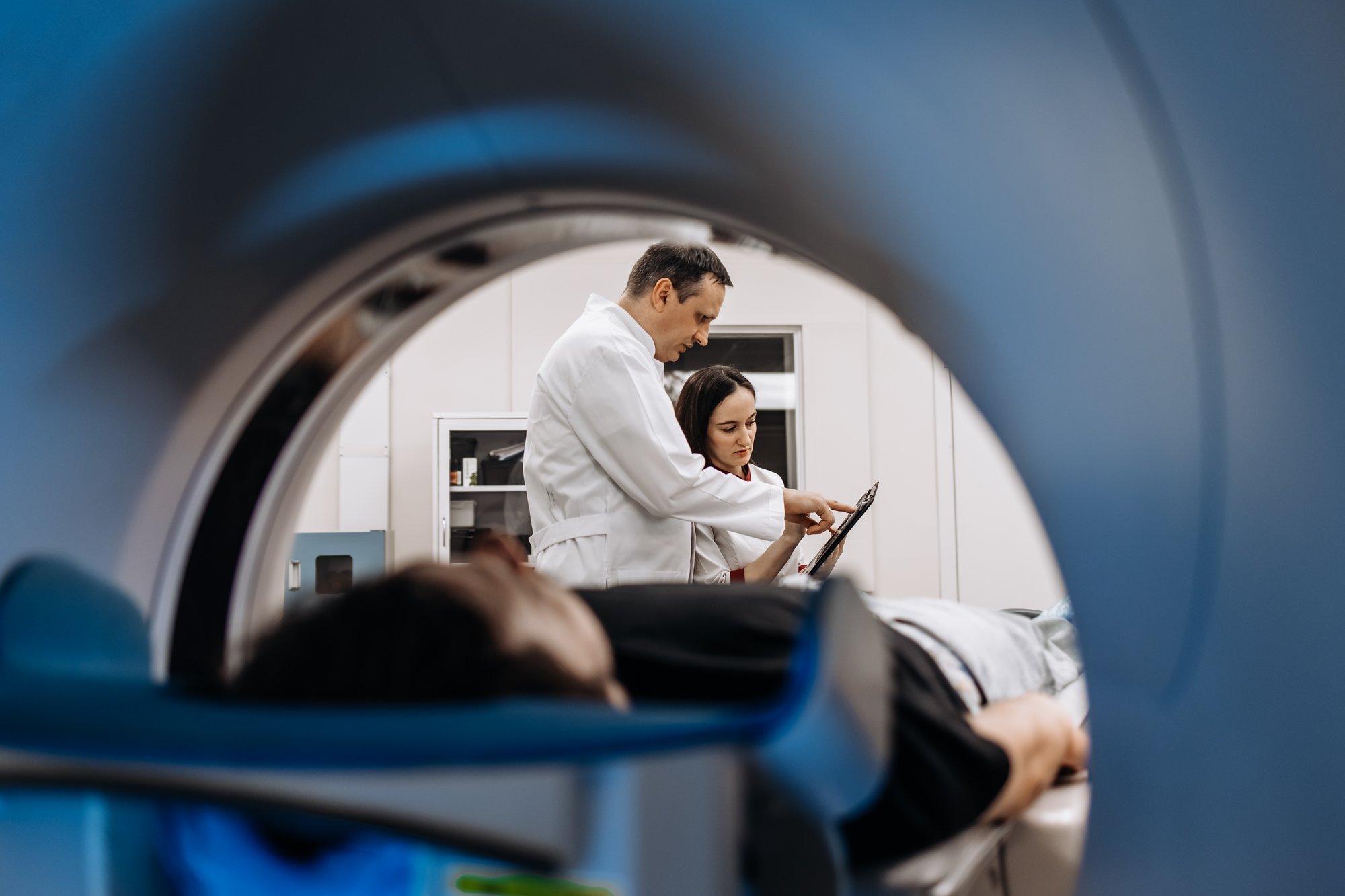South Dakota Cancer Registry

A Statewide Population-Based Cancer Registry
The South Dakota Cancer Registry (SDCR) collects data on cancer incidence and reports on cancer incidence and mortality. It began in 1992 as a limited cancer data collection system that monitored cancer incidence through pathology reports and reports from hospital tumor registries approved by the American College of Surgeons. In 2001, the South Dakota Cancer Registry was developed and implemented, building upon the previous cancer data collection system. In 2005, a law was passed requiring reporting by all entities detecting, diagnosing, and treating cancer cases in South Dakota.

In 2001, the SDCR became part of the National Program of Cancer Registries (NPCR), which supports central registries in 46 states, including the District of Columbia, Puerto Rico, the US Pacific Island Jurisdictions, and the US Virgin Islands. Notably, the NPCR registries collect information on cancer cases accounting for up to 97% of the U.S. population.

The NPCR is administered by the Centers for Disease Control and Prevention, which provides funding for states to implement statewide population-based registries and enhance existing registries to meet national standards for completeness, timeliness, and data quality. The SDCR meets this standard, allowing high-quality South Dakota cancer data to be included in national statistics. To view the information, please visit the CDC website for the United States Cancer Statistics publication and CDC Wonder, an online query system.

The SDCR voluntarily participates as a North American Association of Central Cancer Registries (NAACCR) member. The SDCR also meets NAACCR’s national standard, which allows for cancer data inclusion in Cancer in North America (CINA) publications.
News
The South Dakota Cancer Registry (SDCR) has achieved national recognition from the CDC’s National Program of Cancer Registries as a Registry of Distinction and the Gold Standard Certification from the North American Association of Central Cancer Registries for the 2024 Call for Data. Certification measures for excellence in the areas of completeness of case ascertainment, quality of data, and timeliness. In conjunction with the achievement, South Dakota cancer data will be published soon in the Cancer in North America (CiNA) 2018-2022 and the newly released United States Cancer Statistics (USCS).

Statute & Administrative Rule
Under South Dakota statute, cancer is a reportable disease for all hospitals, physicians, physician assistants, nurse practitioners, nurse midwives, pathology laboratories, and free-standing radiology centers that detect, diagnose, and treat cancer cases in the state.
Reportable Cancers
All in situ and malignant neoplasms are considered reportable to the South Dakota Cancer Registry. The database includes all carcinoma, sarcoma, melanoma, lymphoma, and leukemia cases diagnosed by histology/cytology, radiology, laboratory testing, clinical observation, autopsy, and certifier on a death certificate.
Benign tumors of the brain, central nervous system, meninges, pineal gland, or pituitary gland are also reportable. Basal and squamous cell carcinomas of non-mucoepidermoid sites of the skin are not reportable. Invasive cancer of the cervix is reportable, but in situ cervix cases are not.

Data & Publications
Each year in South Dakota, there are an estimated 5,000 new cancer cases and 1,700 deaths. Each day on average, 13-14 South Dakotans are diagnosed with cancer, and five die from the disease.
- 2025 Cancer Cluster Infographic
- 2024 SD Pediatric Cancer Report 2013-2021
- Cancer in South Dakota: Preliminary Report of Cancer Among South Dakotans in 2023
- South Dakota American Indian Cancer Disparities Data Report - published March 2019
- Cancer in South Dakota: South Dakota Cancer Registry Report - 2020 | 2019 | 2018 | 2017 | 2016 | 2015 | 2014 | 2013 | 2012 | 2011
- South Dakota Comprehensive Cancer Control Plan
- Health, United States, with Chartbook on Trends in the Health of Americans
FAQ
What is the SDCR?
The South Dakota Cancer Registry (SDCR) is South Dakota's statewide cancer surveillance system. The data are used to monitor cancer trends, target cancer control and prevention programs, provide a research base for studies into cancer causes, and ultimately to reduce death and illness due to cancer.
What kind of cancer cases are reported?
All malignant cancers must be reported to SDCR. All cancer cases diagnosed and/or treated in South Dakota since January 1, 2001, must be reported to the registry. Benign brain and central nervous system tumors diagnosed and/or treated since January 1, 2004, must be reported. For specific details about reporting requirements, see SDCL 1-43-11 through 1-43-18 and ARSD 44:22.
What kind of data is collected?
The registry collects data on each cancer case diagnosed or treated in South Dakota, including diagnosis, stage of disease, medical history, patient demographics, laboratory data, tissue diagnosis and radiation, and surgical or other methods of diagnosis or treatment.
Cases are reported electronically. The SDCR provides free internet abstracting software that meets the requirements for reporting of cancer cases. SDCR follows national standards to assure consistency in case reporting from facility to facility.
Who is required to report cancer cases?
State law, SDCL 1-43-14, requires licensed hospitals, physicians, physician assistants, nurse practitioners, nurse midwives, pathology laboratories, and free-standing radiology centers that detect, diagnose, or treat cancer in South Dakota to report to the SDCR.
Who does the actual data collection?
Data collection, or abstracting, is performed by specially trained personnel. Currently, Certified Tumor Registrars (CTRs) abstract most of the state's cancer cases. SDCR or other recognized training programs train other data collection personnel. SDCR offers training for incidence abstracting as needed.
What about patient confidentiality?
SDCR adheres to strict security measures to assure the confidentiality of patient and institutional records. Under state law, SDCL 34-14-3, disclosing such records is a Class I misdemeanor.
Who uses SDCR data? What is it used for?
SDCR data are used by researchers, health planners, epidemiologists, physicians, legislators, medical students, and others to:
- Monitor the incidence and mortality of cancer to detect potential public health problems;
- Inform and educate by providing descriptive data on cancer incidence and mortality to health professionals and the general public about risks, prevention, and early detection of cancers known to be elevated in their communities;
- Guide decisions about how to use public-funded cancer control resources by more accurately targeting intervention resources for communities, patients, and their families, and respond to public concerns.
Where can I find more information about specific cancers?
Contact the American Cancer Society or call 800-4CANCER (800-422-6237).
Staff Contact
Kay Dosch, MA, Certified Oncology Data Specialist (ODS-C), Cancer Registry Coordinator
Morgan Vedvei, MLT (ASCP), ODS-C, Cancer Registry Data Manager
South Dakota Department of Health
South Dakota Cancer Registry
615 E. 4th St.
Pierre, SD 57501-1700
Phone: 605-773-3737
FAX: 605-773-5509
Email: DOH.INFO@state.sd.us
Programs
-

All Women Count!
You may qualify for free breast
and cervical cancer screenings.
See if you're eligible through
South Dakota’s All Women
Count! Program.
-

GetScreenedSD
Colorectal cancer is nearly 100
percent curable when caught
early. Screening is simple, quick,
and could save your life.
Discover your screening options.
-

SD Cancer Registry
The SD Cancer Registry collects
vital data on cancer diagnoses
statewide to help improve
prevention, treatment, and
survival for all South Dakotans.
-

SD Cancer Coalition
The SD Cancer Coalition
brings together partners from
across the state to reduce the
impact of cancer through
prevention, early detection,
treatment, and support.


